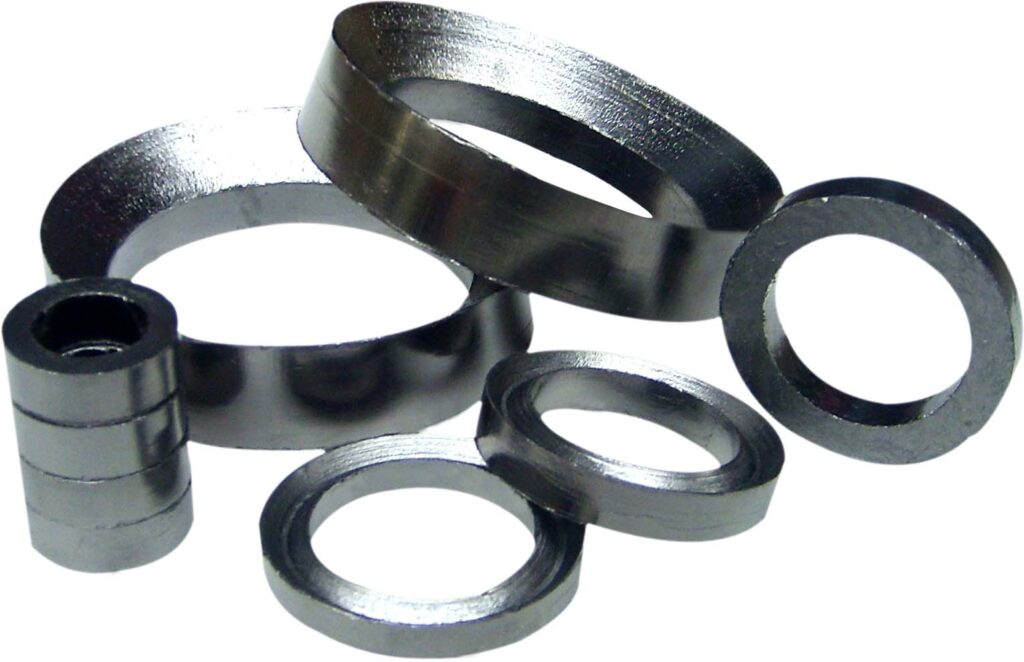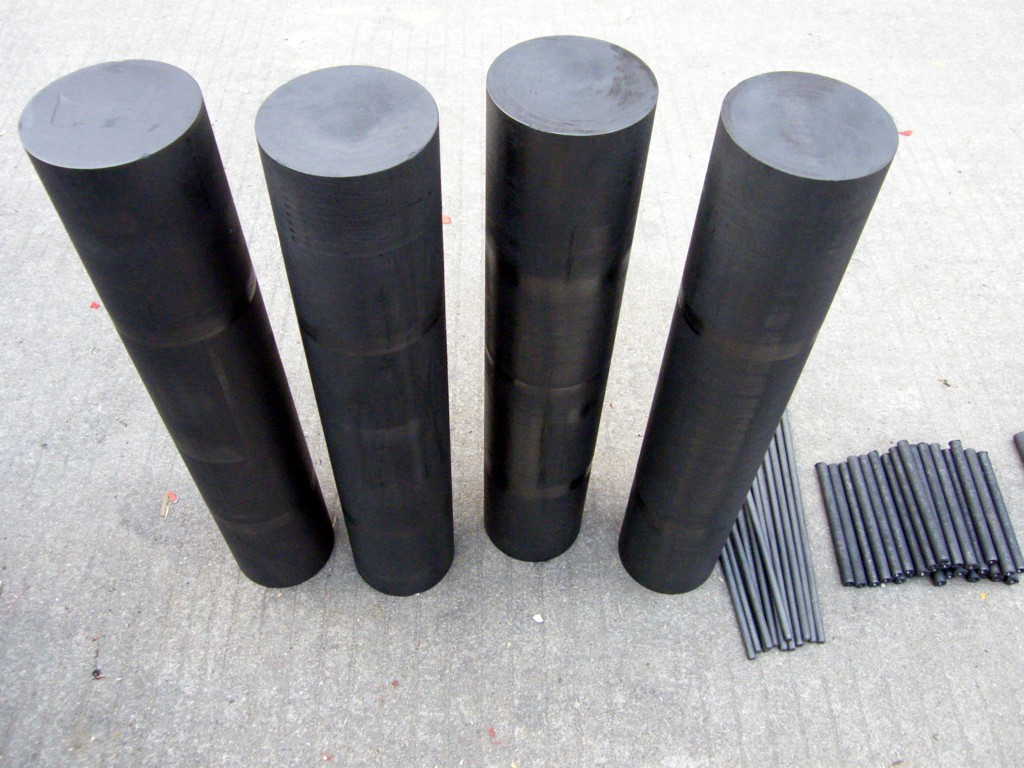Industrial furnaces play a vital role in various manufacturing processes, from metal smelting to ceramic production, where high temperatures are a core requirement. In such extreme environments, the materials used in furnace components must withstand intense heat, chemical reactions, and mechanical stress. Carbon-graphite has emerged as a standout material for high temperature treatment in industrial furnaces, thanks to its exceptional properties that make it indispensable in these demanding settings.
Why Carbon-graphite is Ideal for High Temperature Industrial Furnaces
Carbon-graphite boasts a unique combination of properties that make it perfectly suited for high temperature applications in industrial furnaces.
One of its most remarkable features is its exceptional thermal resistance. It can withstand temperatures exceeding 3,000°C in inert atmospheres, far surpassing many traditional materials like metals, which often melt or degrade at much lower temperatures. This ability to retain its structural integrity under extreme heat ensures that carbon-graphite components remain functional even in the hottest zones of industrial furnaces.
Another key property is its low thermal expansion coefficient. When exposed to rapid temperature changes, which are common in industrial furnace operations, materials with high thermal expansion are prone to cracking. Carbon-graphite, however, expands minimally, reducing the risk of damage and extending the lifespan of furnace components.
Additionally, carbon-graphite exhibits excellent chemical inertness at high temperatures. It resists reactions with most gases, molten metals, and slag, making it suitable for use in furnaces processing a wide range of materials, including steel, aluminum, and glass. This chemical stability prevents contamination of the treated materials and ensures the purity of the final products.
Its high thermal conductivity is also a significant advantage. It efficiently transfers heat within the furnace, promoting uniform temperature distribution. This uniformity is crucial for consistent product quality in high temperature treatments, as uneven heating can lead to defects in the materials being processed.
Common Carbon-graphite Components in Industrial Furnaces
Several carbon-graphite components are widely used in industrial furnaces to facilitate high temperature treatment processes.
Heating elements made from carbon-graphite are essential in many high temperature furnaces. They generate heat when an electric current passes through them, reaching the high temperatures required for processes like annealing, sintering, and brazing. Their ability to operate at extreme temperatures makes them a preferred choice over other heating elements in certain applications.
Crucibles are another important carbon-graphite component. These containers hold molten metals or other materials during high temperature processing. Carbon-graphite crucibles can withstand the high heat of molten metals and resist chemical attack, ensuring that the materials inside remain pure and uncontaminated. They are commonly used in foundries and metal processing plants.
Thermocouple protection tubes are also often made from carbon-graphite. Thermocouples are used to measure temperatures inside industrial furnaces, but they need protection from the harsh environment. Carbon-graphite tubes shield the thermocouples from high temperatures, corrosive gases, and physical damage, allowing accurate temperature measurement.
Furnace linings in some high temperature industrial furnaces utilize carbon-graphite materials. These linings insulate the furnace, reducing heat loss and maintaining the desired internal temperature. They also protect the furnace structure from the extreme heat and chemical reactions occurring inside.
Applications in High Temperature Industrial Furnace Processes
Carbon-graphite components find application in a variety of high temperature treatment processes within industrial furnaces.
In metal heat treatment, such as annealing, carbon-graphite heating elements and fixtures are used. Annealing requires precise temperature control to soften metals and reduce internal stress, and carbon-graphite’s thermal stability ensures accurate and consistent heating.
In ceramic production, industrial furnaces firing ceramics at high temperatures rely on carbon-graphite components. Carbon-graphite crucibles hold ceramic materials during firing, and their chemical inertness prevents unwanted reactions that could affect the ceramic’s properties. The uniform heat distribution facilitated by carbon-graphite also helps in achieving the desired ceramic density and strength.
Sintering processes, which involve heating powdered materials to form a solid mass, also benefit from carbon-graphite. Sintering often occurs at high temperatures, and carbon-graphite tools and fixtures used in the process can withstand the heat and pressure, ensuring the integrity of the sintered products.
In glass manufacturing, carbon-graphite components are used in furnaces where glass is melted and formed. They resist the corrosive effects of molten glass and help maintain the high temperatures needed for the glassmaking process, contributing to the production of high-quality glass products.
Advantages Over Alternative Materials
Compared to alternative materials like metals, ceramics, and refractory bricks, carbon-graphite offers distinct advantages for high temperature treatment in industrial furnaces.
Metals, while strong, have relatively low melting points and can corrode or oxidize at high temperatures, limiting their use in extreme furnace environments. Carbon-graphite, on the other hand, remains stable and functional at much higher temperatures, making it a more reliable choice.
Ceramics can withstand high temperatures but are often brittle and prone to cracking under thermal shock. Carbon-graphite’s low thermal expansion coefficient makes it more resistant to thermal shock, reducing the risk of breakage during rapid temperature changes.
Refractory bricks are commonly used for furnace linings, but they are heavy and have lower thermal conductivity. Carbon-graphite linings are lighter and conduct heat more efficiently, improving furnace energy efficiency and reducing operating costs.
Moreover, carbon-graphite is machinable, allowing for the production of complex-shaped components tailored to specific furnace designs. This versatility in manufacturing makes it easier to integrate into various industrial furnace systems.
In conclusion, carbon-graphite has proven to be a superior material for high temperature treatment in industrial furnaces. Its exceptional thermal resistance, chemical inertness, low thermal expansion, and high thermal conductivity make it an ideal choice for a wide range of furnace components and applications. As industrial processes continue to demand higher temperatures and greater efficiency, the role of carbon-graphite in industrial furnaces is set to become even more critical.


